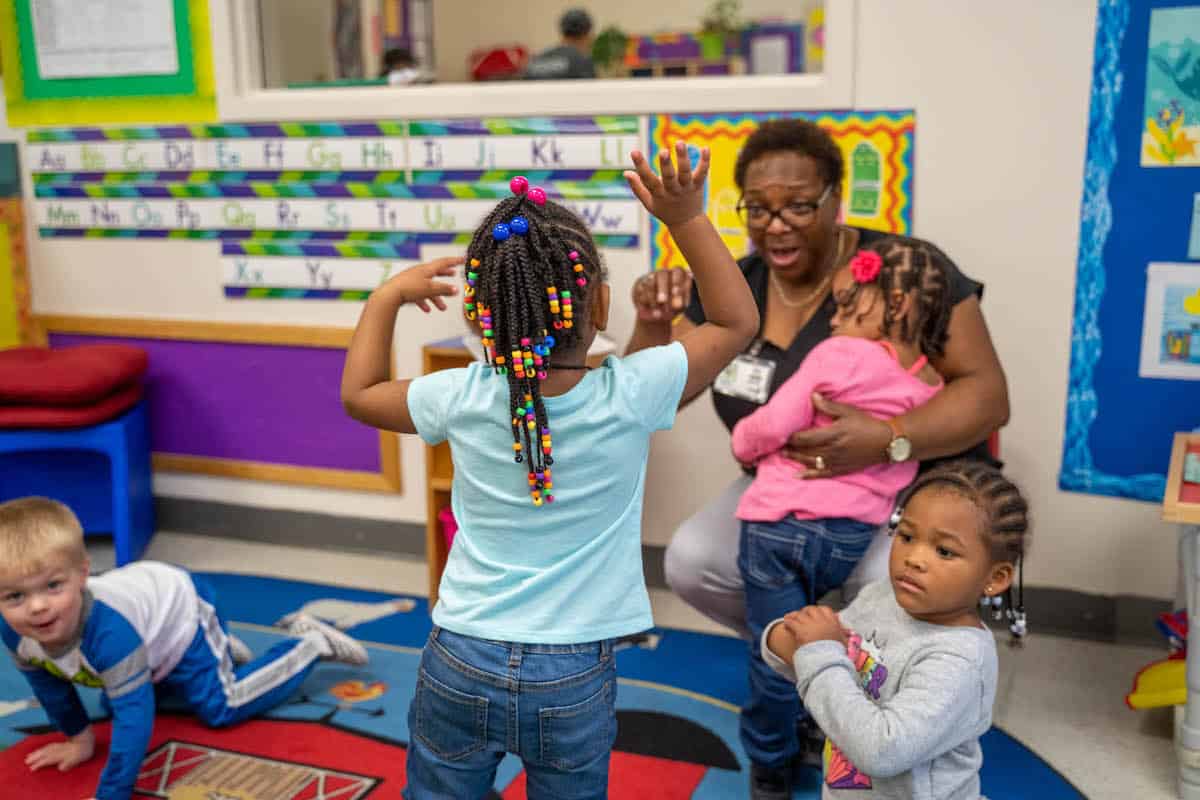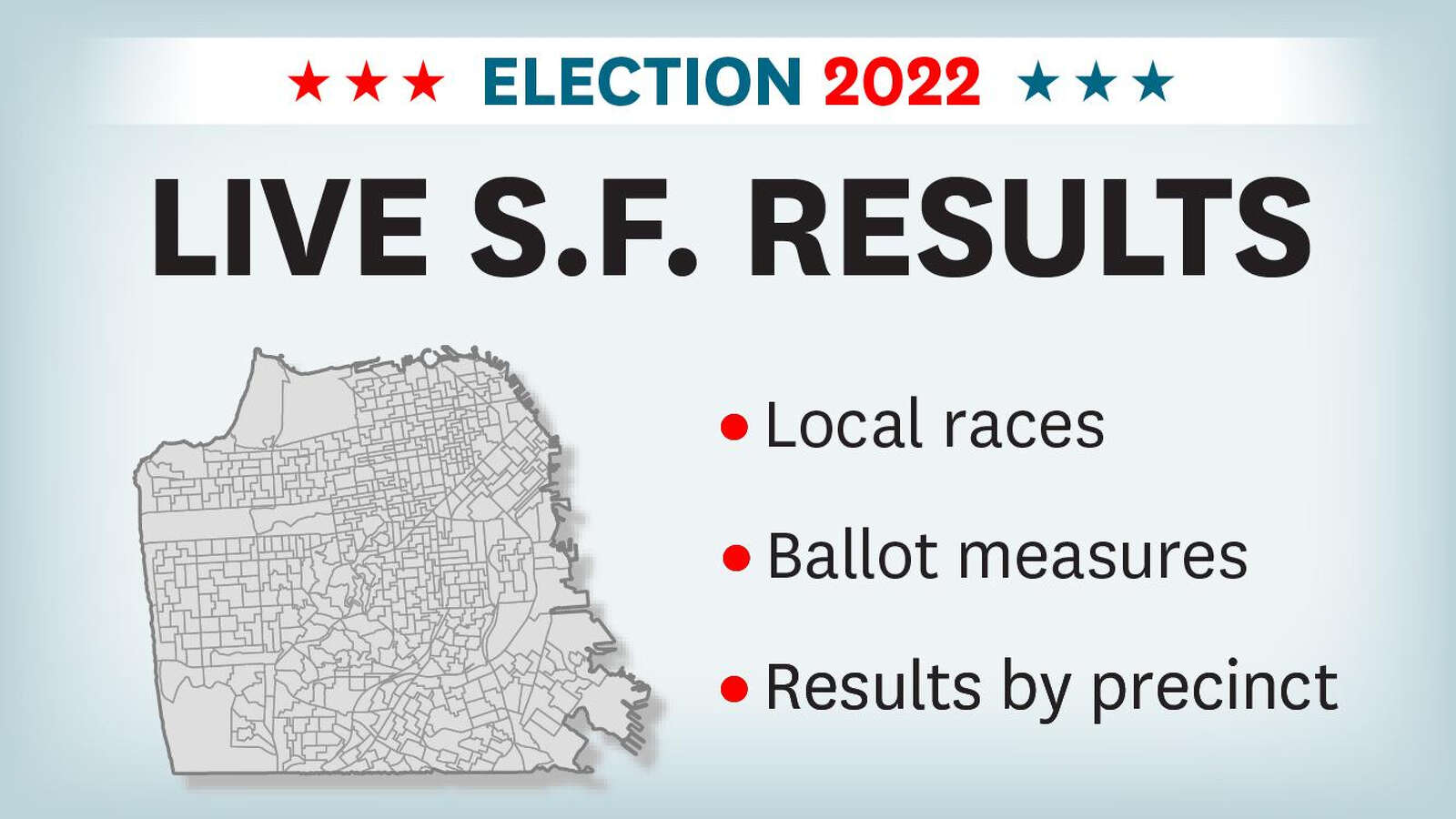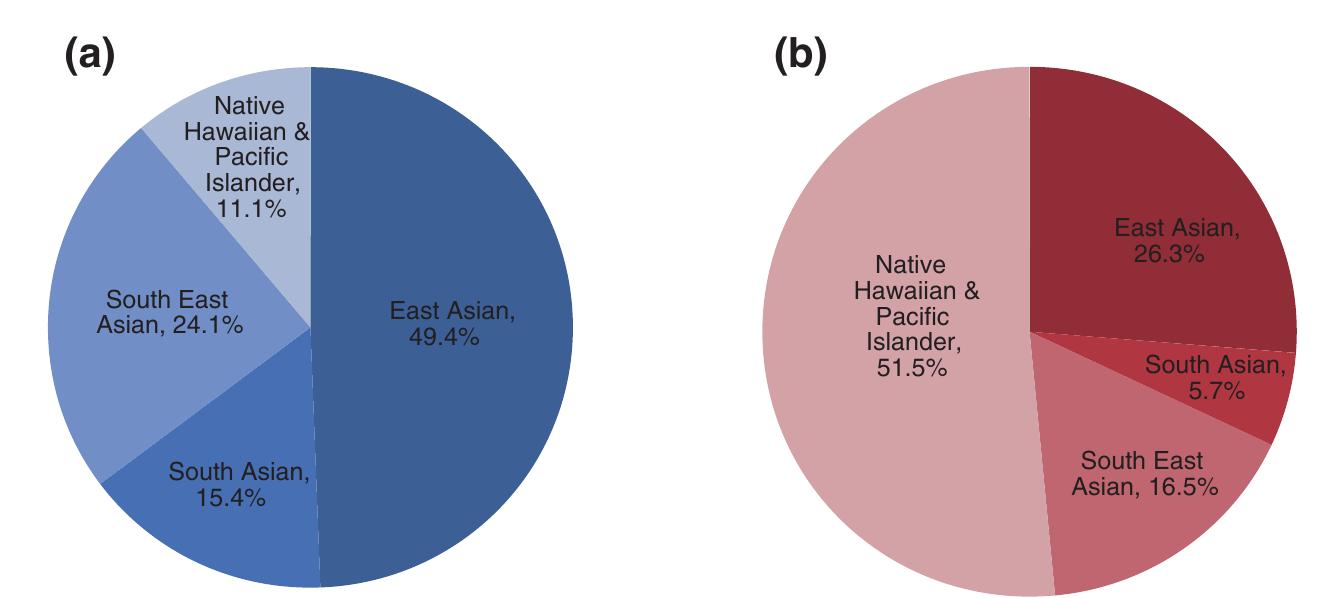Report on the “Safe Babies” Program: Advancing Sustainable Development Goals in North Carolina’s Child Welfare System
Introduction and Program Overview
Program Genesis and Expansion
North Carolina has initiated a transformative child welfare program, “Safe Babies,” to reform its system for handling cases of infant and toddler maltreatment. The program, which began as a three-year pilot in several judicial districts in 2023, has been extended to 2027. This initiative is part of a national movement, with the Safe Babies model, created by the non-profit Zero to Three, now implemented in over 100 communities across 31 states since its inception in 2005.
Core Objectives and Rationale
The primary goal of the Safe Babies program is to create better outcomes for young children and their families, directly addressing several United Nations Sustainable Development Goals (SDGs). The program’s core objectives are:
- To strengthen families and prevent the removal of babies and toddlers from their homes.
- To reduce the time children spend in foster care by expediting permanency through reunification, kinship placement, or adoption.
- To address the root causes of family instability through a collaborative, non-adversarial approach.
This intervention is critical, as national data indicates a baby or toddler is removed from their family every seven minutes due to alleged maltreatment. In North Carolina, nearly 42 percent of substantiated child abuse or neglect claims involve children aged five or younger.
Alignment with Sustainable Development Goals (SDGs)
SDG 16: Peace, Justice, and Strong Institutions
The Safe Babies program is a direct effort to reform justice systems, making them more effective, accountable, and inclusive. It fundamentally alters the traditional adversarial court process.
- It replaces formal court hearings with “judicial status conferences” and “family team meetings.”
- These meetings foster open communication in a less intimidating setting, where judges, attorneys, social workers, and families collaborate.
- This model builds trust and promotes access to justice for vulnerable families, moving toward the SDG 16 target of responsive and inclusive institutions.
SDG 3: Good Health and Well-being
The program is built on a trauma-informed approach that prioritizes the health and well-being of children and parents, a cornerstone of SDG 3.
- It recognizes that early childhood is a critical period for brain development and that adverse childhood experiences (ACEs) like neglect, abuse, and parental separation can have lifelong negative health consequences.
- A key component is ensuring children receive developmental screenings and early intervention services within 60 days.
- The program connects parents with essential health services, including substance use treatment and therapy, to address underlying issues and promote family well-being.
SDG 10: Reduced Inequalities
By focusing on the most vulnerable children and families, the program actively works to reduce inequalities in health, justice, and life outcomes.
- It addresses systemic issues like poverty and racism, which are acknowledged as sources of trauma.
- By providing intensive support, the program aims to break intergenerational cycles of trauma and involvement with the child welfare system.
- This targeted intervention ensures that at-risk families are not left behind, directly contributing to the goals of SDG 10.
SDG 1, 4, & 11: No Poverty, Quality Education, and Sustainable Communities
The program’s holistic support structure contributes to multiple interconnected SDGs.
- SDG 1 (No Poverty): The program connects families with resources for stable housing and other basic needs, addressing poverty as a root cause of instability.
- SDG 4 (Quality Education): By ensuring children receive developmental support and are connected to early education resources, the program builds a strong foundation for future learning.
- SDG 11 (Sustainable Communities): As noted by Chief District Court Judge J.H. Corpening II, successfully supporting families makes communities “healthier,” “better,” and “safer,” aligning with the goal of creating resilient and sustainable communities.
SDG 17: Partnerships for the Goals
The funding and operational model of Safe Babies exemplifies the multi-stakeholder partnerships essential for achieving the SDGs.
- The North Carolina pilot is supported by a coalition including philanthropic organizations like The Duke Endowment and the Dogwood Health Trust.
- Governmental bodies, including the North Carolina General Assembly and federal Court Improvement Project Grants, provide funding.
- Implementation relies on collaboration between the state judiciary, county Departments of Social Services, and community coordinators.
Performance Data and Expected Impact
National and Comparative Data
While local data for North Carolina is forthcoming, national and comparative data demonstrate the model’s effectiveness in achieving its goals and advancing SDG targets.
- Permanency: A 2023 RTI International study found children in Safe Babies programs are 1.6 times more likely to achieve a permanent home compared to the general foster care population. Nationally, 90% of participants find permanency within 12 months, double the federal standard.
- Reunification: Arizona’s similar “Best for Babies” initiative reports reunification rates 19 percent higher for program participants.
- Health and Safety: The repeat maltreatment rate for Safe Babies participants is 0.7% within 12 months, significantly lower than the national standard of 9.1%.
Implementation and Early Observations in North Carolina
The program is being piloted in Brunswick, Durham, New Hanover, and several other counties. Early anecdotal evidence is positive, with parents reporting they feel supported and better understand their cases. Social workers note that the program’s community coordinators serve as effective liaisons, helping to overcome the stigma associated with Child Protective Services and build trust with families.
Conclusion
The Safe Babies program represents a significant evolution in child welfare, shifting from a punitive system to a supportive, collaborative model. Its framework is strongly aligned with the Sustainable Development Goals, particularly in its efforts to build stronger institutions (SDG 16), promote health and well-being (SDG 3), reduce inequalities (SDG 10), and foster partnerships for sustainable communities (SDG 11 & 17). By focusing on early intervention and family support, the program not only improves outcomes for individual children but also contributes to building a more just, healthy, and resilient society. The ultimate objective remains achieving safe, permanent homes for children, which is the most critical factor for their long-term well-being and future success.
1. Which SDGs are addressed or connected to the issues highlighted in the article?
The article on the “Safe Babies” program in North Carolina addresses several Sustainable Development Goals (SDGs) by focusing on child welfare, health, and justice system reform. The primary SDGs connected to the issues are:
-
SDG 3: Good Health and Well-being
The article strongly connects to SDG 3 by emphasizing the importance of early childhood development and mental health. It details how the program takes a “trauma-informed approach” to address Adverse Childhood Experiences (ACEs). It cites research on how trauma, including neglect, abuse, and separation from a parent, can physically affect a child’s brain development, IQ, and long-term mental and physical health. The program’s goal to ensure children receive developmental screenings and interventions directly supports the promotion of health and well-being from the earliest stages of life.
-
SDG 10: Reduced Inequalities
The program addresses SDG 10 by focusing on vulnerable families who are at risk of or are already involved in the child welfare system. These families often face multiple disadvantages, such as poverty, unstable housing, and lack of access to resources, which are described in the article as forms of trauma. By providing a supportive, non-adversarial system and connecting families with resources for substance use, therapy, and housing, the “Safe Babies” program aims to reduce the inequalities that lead to family separation and empower these families to succeed.
-
SDG 16: Peace, Justice and Strong Institutions
This is arguably the most central SDG to the article. The “Safe Babies” program is a direct effort to reform a key public institution—the child welfare court system. The article describes transforming an “adversarial system” into a collaborative and effective one. The core mission is to protect children from maltreatment and violence, find them permanent homes more quickly, and reduce the likelihood that they will re-enter the child welfare system. This aligns perfectly with the goal of ending all forms of violence against children and developing more effective and accountable institutions.
2. What specific targets under those SDGs can be identified based on the article’s content?
Based on the program’s objectives and outcomes described in the article, the following specific SDG targets can be identified:
-
Target 3.4: By 2030, reduce by one third premature mortality from non-communicable diseases through prevention and treatment and promote mental health and well-being.
Explanation: The article’s extensive focus on the “trauma-informed approach” directly relates to promoting mental health and well-being. It explains that trauma in early childhood is associated with a smaller brain cortex and can affect a child’s IQ and ability to manage emotions. The program’s intervention, which includes therapy and repairing the parent-child relationship, is a clear effort to mitigate these long-term health impacts and promote mental well-being from infancy.
-
Target 10.2: By 2030, empower and promote the social, economic and political inclusion of all, irrespective of age, sex, disability, race, ethnicity, origin, religion or economic or other status.
Explanation: The article highlights that the program helps steer families to “appropriate resources, such as substance use treatment programs and therapy, as well as early education and even housing.” By providing this support and creating a less intimidating, non-adversarial court setting, the program works to empower vulnerable parents and promote their social inclusion, helping them overcome obstacles and maintain their families.
-
Target 16.2: End abuse, exploitation, trafficking and all forms of violence against and torture of children.
Explanation: This target is at the heart of the “Safe Babies” program. The article states the program’s aim is to “strengthen families and prevent babies and toddlers from being removed from their homes” due to “alleged maltreatment or neglect.” The entire initiative is designed to create safer environments for children and drastically reduce the incidence of repeat abuse.
-
Target 16.6: Develop effective, accountable and transparent institutions at all levels.
Explanation: The article describes a fundamental change in how the judicial system operates in child welfare cases. It contrasts the “typical child welfare case” with the “Safe Babies” approach of frequent, informal, and collaborative meetings. By changing the process to be less adversarial, more supportive, and focused on measurable results like faster permanency, the program is a model for developing a more “effective” and “accountable” institution.
3. Are there any indicators mentioned or implied in the article that can be used to measure progress towards the identified targets?
Yes, the article explicitly provides several quantitative indicators used to measure the effectiveness of the “Safe Babies” program, which directly correspond to progress towards the identified targets.
-
Repeat Maltreatment Rate
Explanation: The article provides a precise indicator for Target 16.2. It states, “The repeat maltreatment rate for Safe Babies participants was 0.7 percent within 12 months compared with the national standard of 9.1 percent.” This is a direct measure of the program’s success in ending abuse against children.
-
Time to Achieve Permanency
Explanation: As an indicator for Target 16.2 and 16.6, the article notes that the program can “cut in half the time it takes to get a child into a permanent home.” It further specifies that “Nine in 10 children find a permanent home within 12 months, which is double the national standard.” This measures the justice system’s efficiency and its ability to secure safe, stable environments for children.
-
Family Reunification Rate
Explanation: The article mentions that in Arizona’s program, “Reunification rates are 19 percent higher for parents who opt in.” Nationally, “about two-thirds of babies and toddlers in their program are reunified with a parent or family member.” This indicator measures the program’s success in strengthening families, a key component of preventing future harm (Target 16.2) and promoting social inclusion (Target 10.2).
-
Rate of Developmental Screenings and Interventions
Explanation: This is a direct indicator for Target 3.4. The article states that according to Safe Babies, “at least 83 percent of children in the program ‘receive needed developmental screenings, early intervention services, and evidence-based intervention to repair and strengthen the child-parent relationship within 60 or fewer days.'” This measures the delivery of essential health services to promote well-being.
-
Likelihood of Exiting Foster Care
Explanation: Citing a 2023 study, the article notes that “children in Safe Babies programs are 1.6 times as likely to leave foster care for a permanent home compared with children in the general foster care population.” This serves as another powerful indicator of the institutional effectiveness (Target 16.6) in achieving positive outcomes for children.
4. Create a table with three columns titled ‘SDGs, Targets and Indicators” to present the findings from analyzing the article. In this table, list the Sustainable Development Goals (SDGs), their corresponding targets, and the specific indicators identified in the article.
| SDGs | Targets | Indicators |
|---|---|---|
| SDG 3: Good Health and Well-being | Target 3.4: Promote mental health and well-being. | Percentage of children receiving developmental screenings, early intervention, and evidence-based services within 60 days (at least 83%). |
| SDG 10: Reduced Inequalities | Target 10.2: Empower and promote the social, economic and political inclusion of all. | Connecting families to resources such as substance use treatment, therapy, early education, and housing. |
| SDG 16: Peace, Justice and Strong Institutions | Target 16.2: End abuse, exploitation, trafficking and all forms of violence against and torture of children. |
|
| Target 16.6: Develop effective, accountable and transparent institutions at all levels. |
|
Source: northcarolinahealthnews.org







